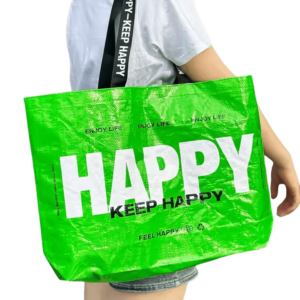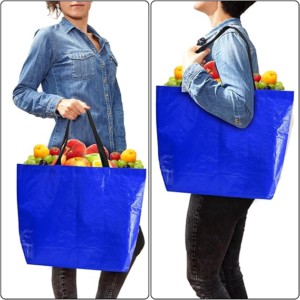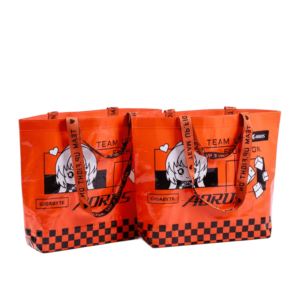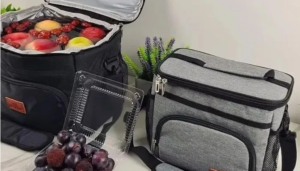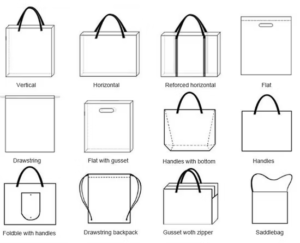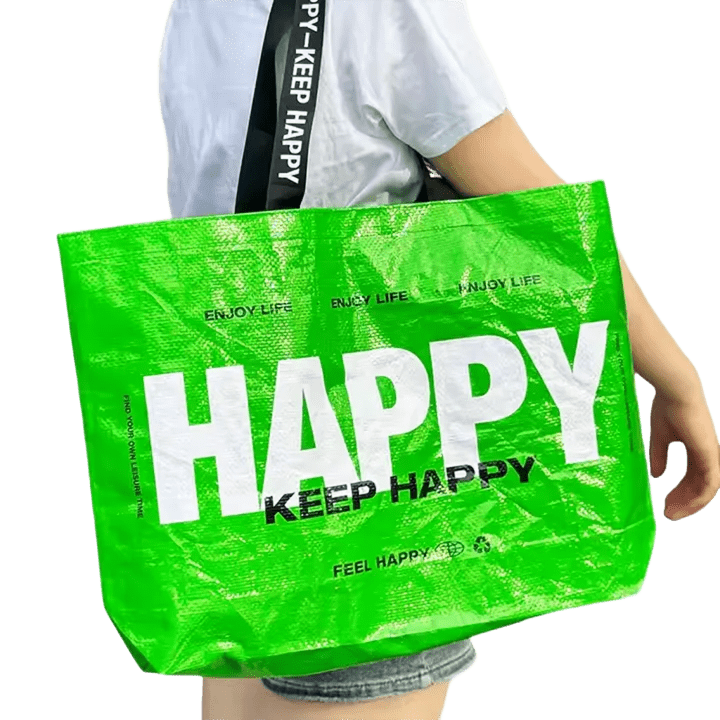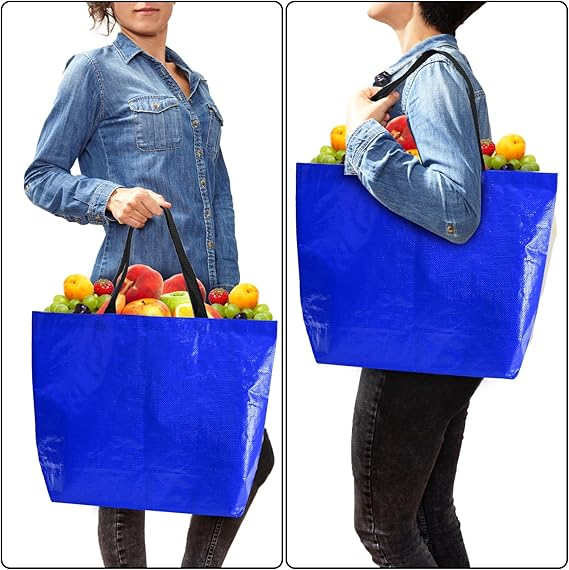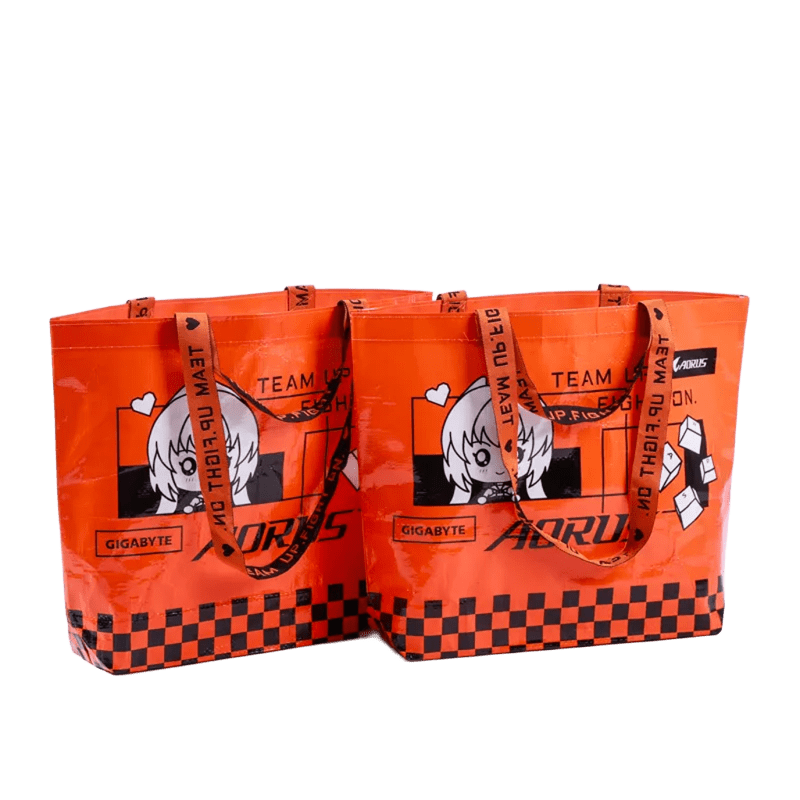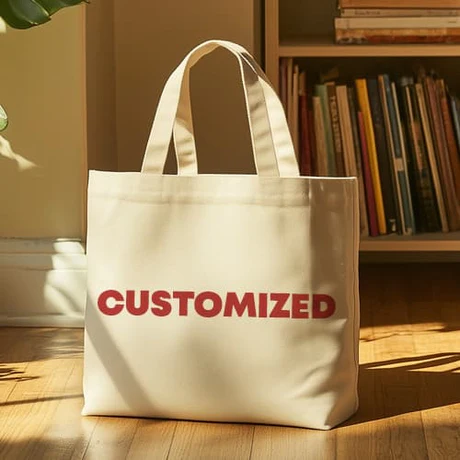
Plastic bags break easily. Paper bags rip when wet. But canvas bags? They keep working, over and over again.
Canvas bags are stronger than most bag materials due to their tight weave, thick fibers, and resistance to stress and wear.
Most people just want a bag that doesn’t tear under pressure. Let’s explore why canvas works better—and where its limits are.
How durable are canvas bags?
Durability is more than just resisting a single tear. It’s about how well a bag holds up after months—or years—of regular use.
Canvas bags are considered highly durable1, lasting through hundreds of uses without tearing, losing shape, or weakening at stress points.
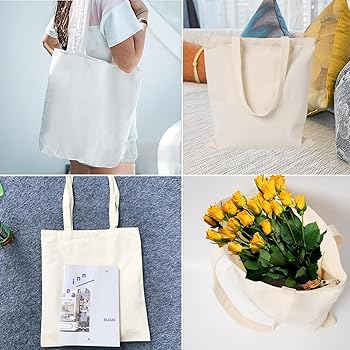
I’ve worked with clients who order canvas bags for daily commercial use. One supermarket chain in Singapore tested our canvas bags over 12 months. On average, the same bag was reused more than 200 times without significant damage. The handles didn’t snap, and the seams held.
What makes this possible is the structure of the fabric. Canvas is made with a high thread count and dense weave. This creates friction between fibers, which distributes pressure evenly. Unlike plastic or thin cotton bags, canvas doesn’t give out easily at corners or under the weight of heavy items.
Key Strength Metrics for Canvas Bags
| Durability Factor | Canvas Bag Performance |
|---|---|
| Load capacity | 10–15 kg (standard); up to 25 kg (reinforced) |
| Lifespan (average use) | 1–3 years |
| Number of reuses | 200+ |
| Fabric tearing threshold2 | High resistance |
| Handle strength | Reinforced stitching and thick webbing |
This is why canvas bags are popular in wholesale, logistics, and promotional giveaways. They perform under stress and still look clean enough for branding.
What makes canvas so durable?
Canvas doesn't just feel stronger—it is stronger. But what’s behind its toughness?
Canvas is made with a plain weave structure and high-density threads, making it resistant to tearing, abrasion, and stress deformation.
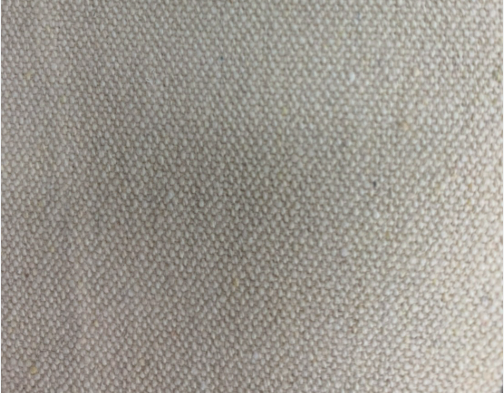
Canvas starts with raw materials like cotton or linen. These fibers are thick, and when they’re spun into yarn, they retain their bulk. The plain weave then locks these threads together in a criss-cross pattern. Unlike twill (used in denim) or satin (used in fashion), plain weave provides even pressure resistance in all directions.
In our factory, we use canvas rolls with different grammage (thickness per square meter). For heavy-duty tote bags, we recommend 12oz or 16oz canvas. For promotional giveaways, 8oz is enough. Some canvas is blended with polyester for added water resistance and reduced shrinkage.
How Canvas Construction Adds Strength
| Feature | Technical Detail | Effect on Durability |
|---|---|---|
| Weave Type | Plain weave | Resists tearing and fraying |
| Fiber Material | Cotton or cotton-poly blends | Strong, breathable, eco-friendly |
| Yarn Thickness | Medium to thick | Withstands repeated handling |
| Density | 200–400 GSM | Higher GSM = higher tear resistance3 |
| Finishing | Waxed, laminated, or dyed | Adds weatherproofing and fade resistance |
This structure not only provides mechanical strength, but also flexibility. Canvas stretches slightly, which prevents it from snapping under strain—a key advantage over synthetic or paper bags.
What are the advantages of a canvas bag?
Canvas bags aren’t just tough—they’re also incredibly versatile. That’s why they're a favorite across industries.
Canvas bags are sustainable, washable, cost-effective, and easily customized, making them an ideal choice for both consumers and businesses.

I’ve worked with buyers from fashion brands, trade shows, and organic grocery chains. They all want the same thing: a bag that promotes their brand and lasts. Canvas does both.
What makes canvas attractive to businesses is its printing quality. Logos and artwork look sharp. The surface absorbs ink well without bleeding. And since canvas bags are often reused, the brand exposure lasts longer.
Also, canvas is biodegradable. Unlike plastic bags, which remain in landfills for centuries, cotton canvas can decompose in months under the right conditions.
Business Advantages of Canvas Bags
| Advantage | Why It Matters |
|---|---|
| Custom Branding | Screen, digital, and heat-transfer printing supported |
| Environmental Impact | Reusable, recyclable, and biodegradable |
| Perceived Value | High-end feel with low production cost |
| Washability | Easy to clean and reuse |
| Multi-Use Function | Shopping, promotion, packaging, gifts |
A recent customer from Germany used canvas for their wine packaging. It didn’t just carry the bottles—it became part of the product experience. The bag was branded and kept, extending the marketing impact well beyond the initial sale.
What is the most durable material for a bag?
There’s no one-size-fits-all answer. Canvas is tough, but it's not alone in the durability race.
The most durable bag materials include canvas, leather, and high-density nylon, each with its own strengths depending on use.
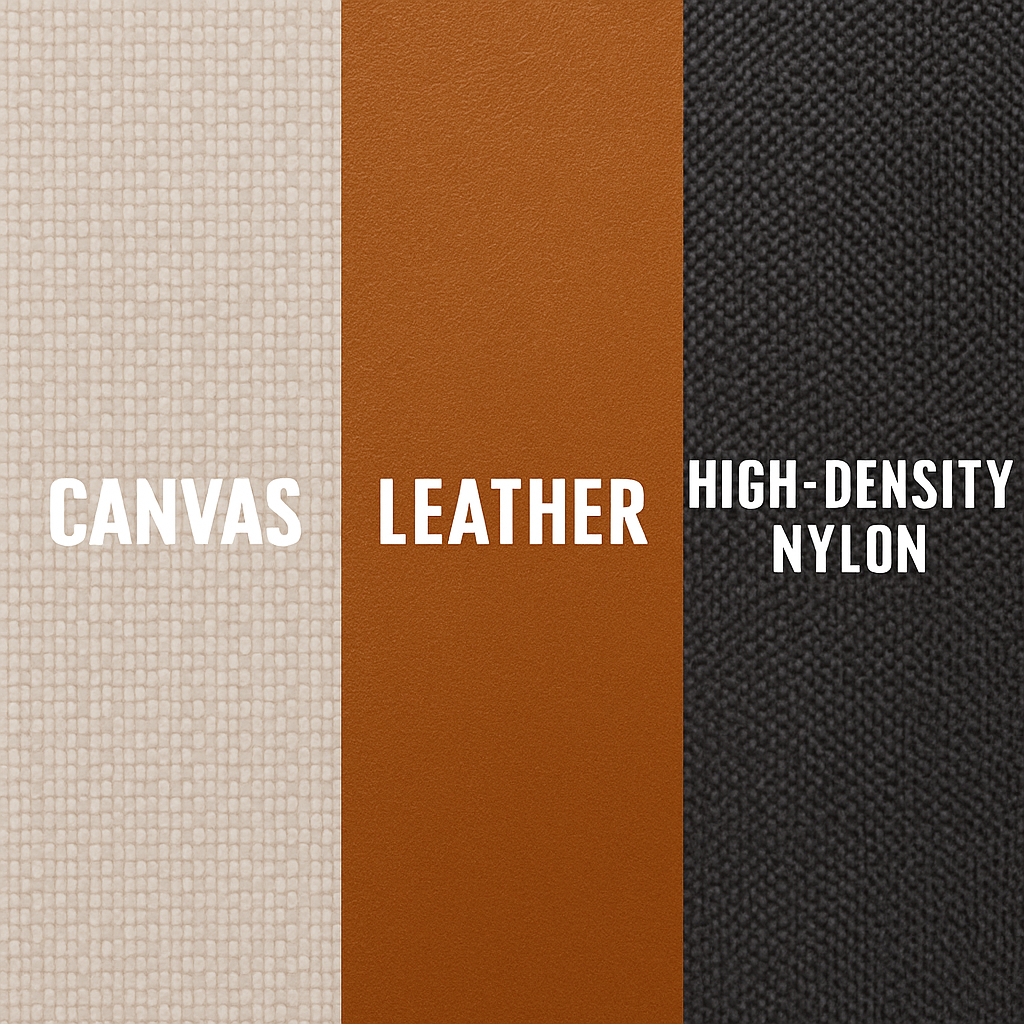
For example, ballistic nylon is excellent for backpacks and military-grade use. It's water-resistant and tear-proof. Leather, while expensive, can last for decades if cared for. But canvas shines where cost and environmental impact also matter.
Our clients in the hospitality and food delivery sectors prefer canvas for this reason. It’s cheaper than leather, more eco-friendly than nylon, and lasts far longer than paper or plastic.
Material Comparison: Durability vs. Use Case
| Material | Durability | Ideal Use Case | Drawbacks |
|---|---|---|---|
| Canvas | High | Retail, promo, daily use | Water absorption if untreated |
| Leather | Very High | Luxury goods, high-end packaging | Heavy, expensive, maintenance needed |
| Nylon (Cordura) | Very High | Outdoor, travel, industrial use | Synthetic, not eco-friendly |
| PP Woven | Medium-High | Bulk bags, shopping | Limited branding, less premium feel |
Canvas provides a middle ground between strength and sustainability. That’s why it’s the most requested material in our wholesale business.
What are the weakness of canvas?
Canvas is strong, but it’s not perfect. It has weaknesses—especially when left untreated or misused.
Canvas is vulnerable to moisture, mold, and UV damage unless treated or stored correctly, which limits its lifespan in harsh conditions.
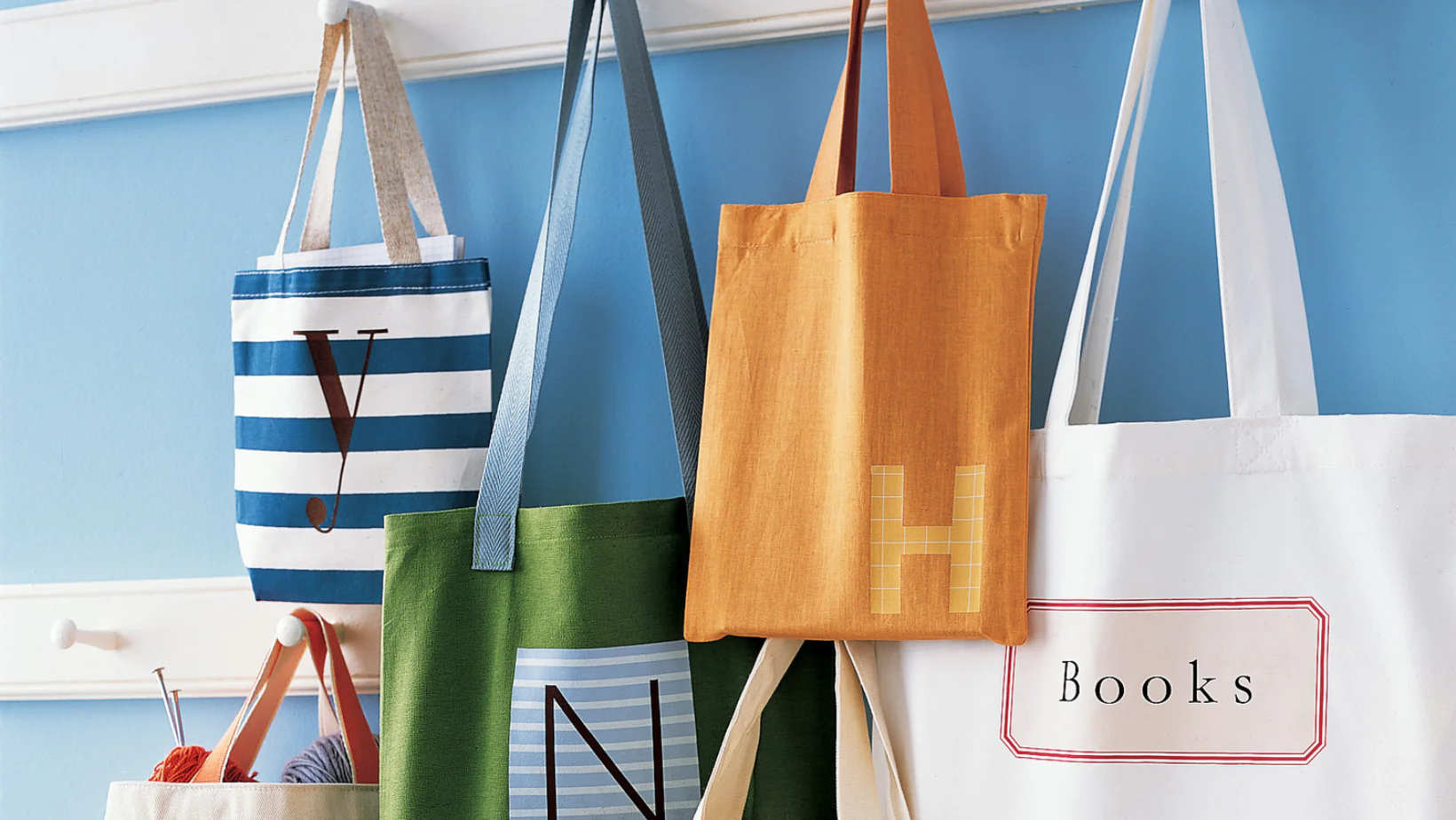
Moisture is the biggest threat to canvas. Natural cotton fibers absorb water, which can lead to stains or mold if not dried quickly. I’ve seen canvas bags stored in humid warehouses go bad in just a few weeks.
Color fading is another issue. If the canvas isn't properly dyed or treated with UV-resistant coating, the surface will fade in the sun. We always recommend storing canvas bags in dry, cool places and applying a water-repellent finish if needed.
Canvas Limitations and Fixes
| Weakness | Description | Solution |
|---|---|---|
| Water Absorption | Absorbs liquids, leading to stains | Apply waterproof coating |
| Mold & Mildew | Grows in humid storage | Keep dry, use desiccants in storage |
| Sun Fading | Colors lighten over time | Use UV-resistant dye or treatments |
| Stiffness When Wet | Canvas becomes rigid when soaked | Dry flat, avoid long wet storage |
When used indoors or for dry logistics, canvas performs perfectly. Just be aware of its natural fiber behavior.
Which is more durable, canvas or leather?
Leather has a luxury image. Canvas has a practical edge. So which one lasts longer?
Leather lasts longer under controlled conditions, but canvas is more suitable for frequent use, rough handling, and low-maintenance situations.

I’ve had clients ask for leather bags for high-end gift sets. But they returned to canvas after a few months. Why? Leather needs constant conditioning. It cracks in dry air and stains easily when wet. Canvas? Wash it. Dry it. Reuse it.
Another key difference is weight. Leather is heavier, both physically and in price. For bulk orders or promotional use, canvas offers greater practicality.
Canvas vs Leather Comparison
| Feature | Canvas | Leather |
|---|---|---|
| Weight | Light | Heavy |
| Maintenance | Low | High (needs conditioning) |
| Water Sensitivity | Moderate (treated easily) | High (susceptible to damage) |
| Eco-Impact | Better (biodegradable) | Poor (chemical processing) |
| Lifespan | 3–5 years (typical) | 10–20 years (with care) |
If image and luxury are top priority, leather might be the choice. But if you want a long-lasting, customizable, and affordable solution, canvas wins.
Conclusion
Canvas bags last longer because of their structure, thickness, and fiber strength. They're practical, durable, and perfect for business and daily use.
-
Understanding the factors that contribute to a bag's durability can help you choose the best option for long-term use. ↩
-
Exploring the fabric tearing threshold provides insights into the durability and reliability of canvas bags for various uses. ↩
-
Discover how tear resistance plays a crucial role in the durability of materials, ensuring long-lasting performance in various applications. ↩


